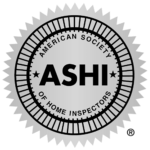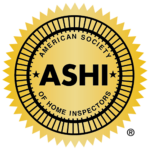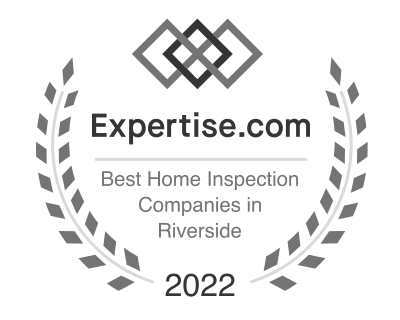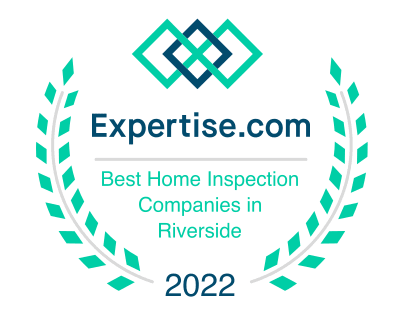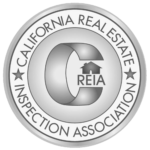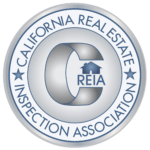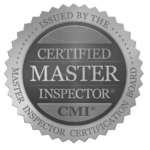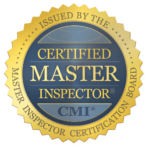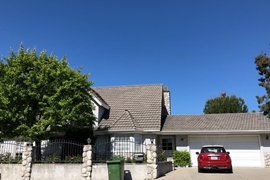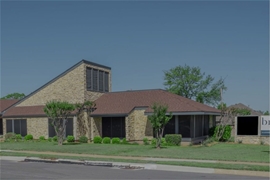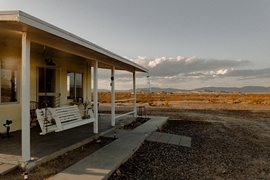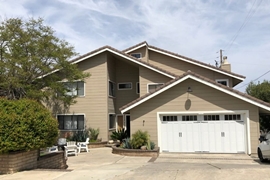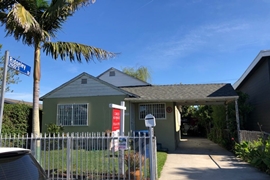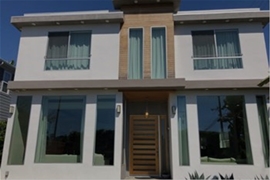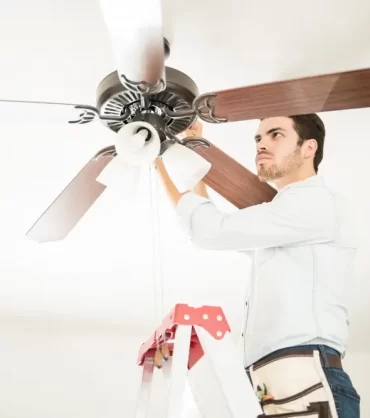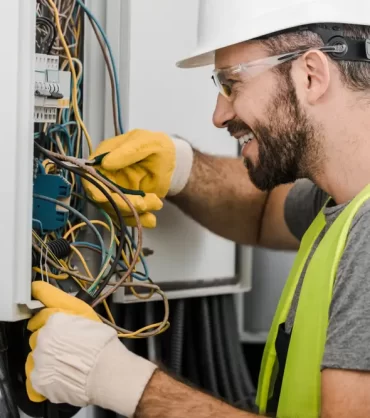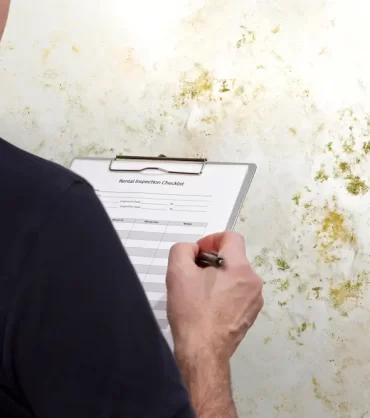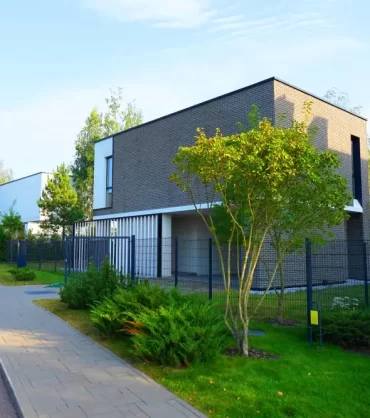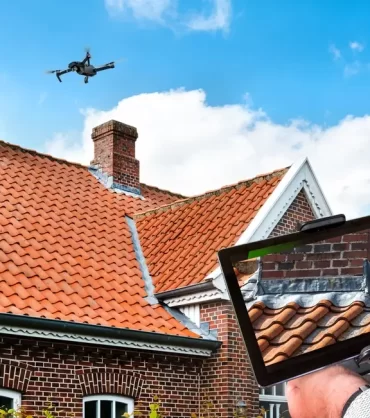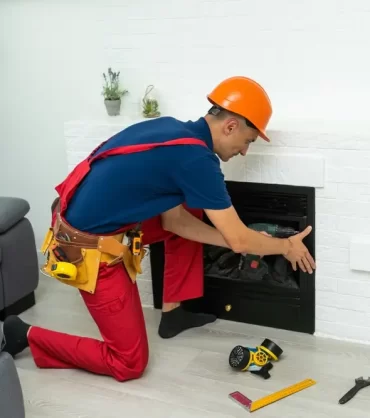Key Property Inspection
Inspect with Confidence, Buy with Peace of Mind
At Key Property Inspection, we prioritize your peace of mind by delivering thorough and reliable property inspections for residential and commercial properties.

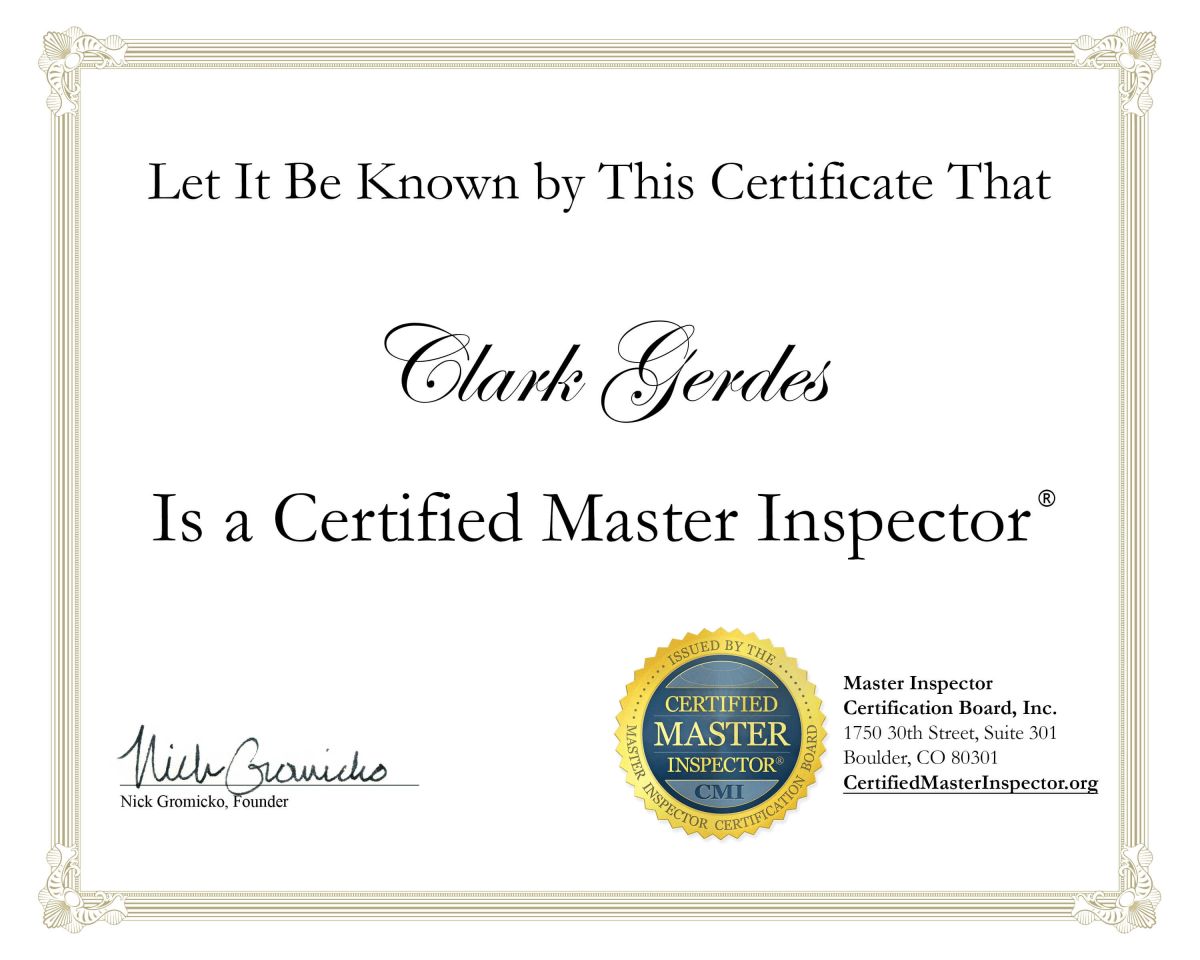

5 Star Reviews
HAPPY CLIENTS
COMPLETED INSPECTIONS
Request a Quote from Certified Inspector!
"*" indicates required fields
Inspected Properties
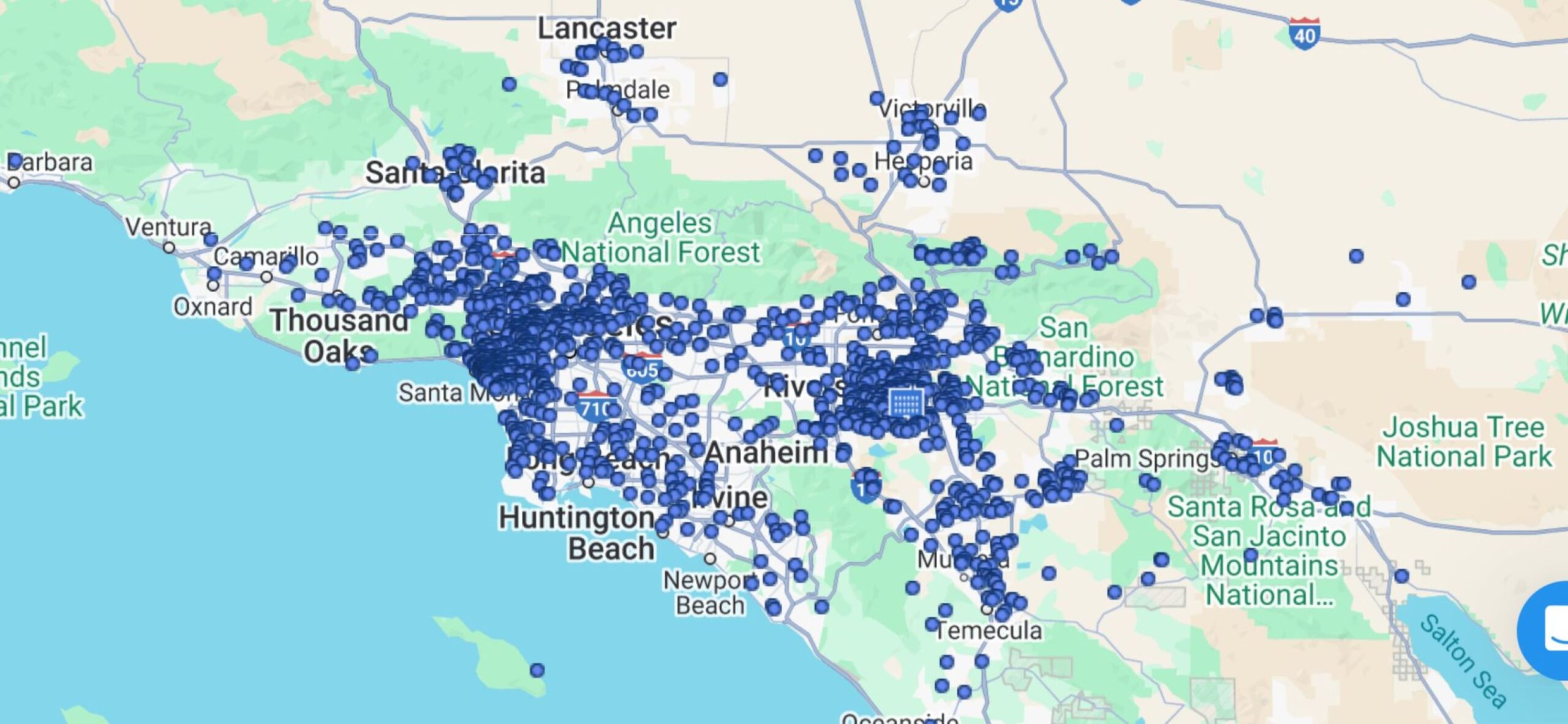
Residential Inspection
Get clear, comprehensive, and objective pictures of the condition of your home-to-be before you make a final decision.
Commercial Inspection
Commercial Inspection Services while retaining the same standards offered for home inspections.
Why Choose Us ?
Certified Inspector
Our team comprises certified inspectors with extensive experience, ensuring that every inspection meets the highest industry standards.
Affordable Price
We offer competitive pricing without compromising on quality, making professional property inspections accessible for everyone.
24/7 Services
We are available around the clock, providing flexible scheduling options to fit your needs, no matter the time or day.
Detailed Reports
Receive comprehensive and easy-to-understand reports that outline every aspect of the inspection, helping you make informed decisions with confidence.
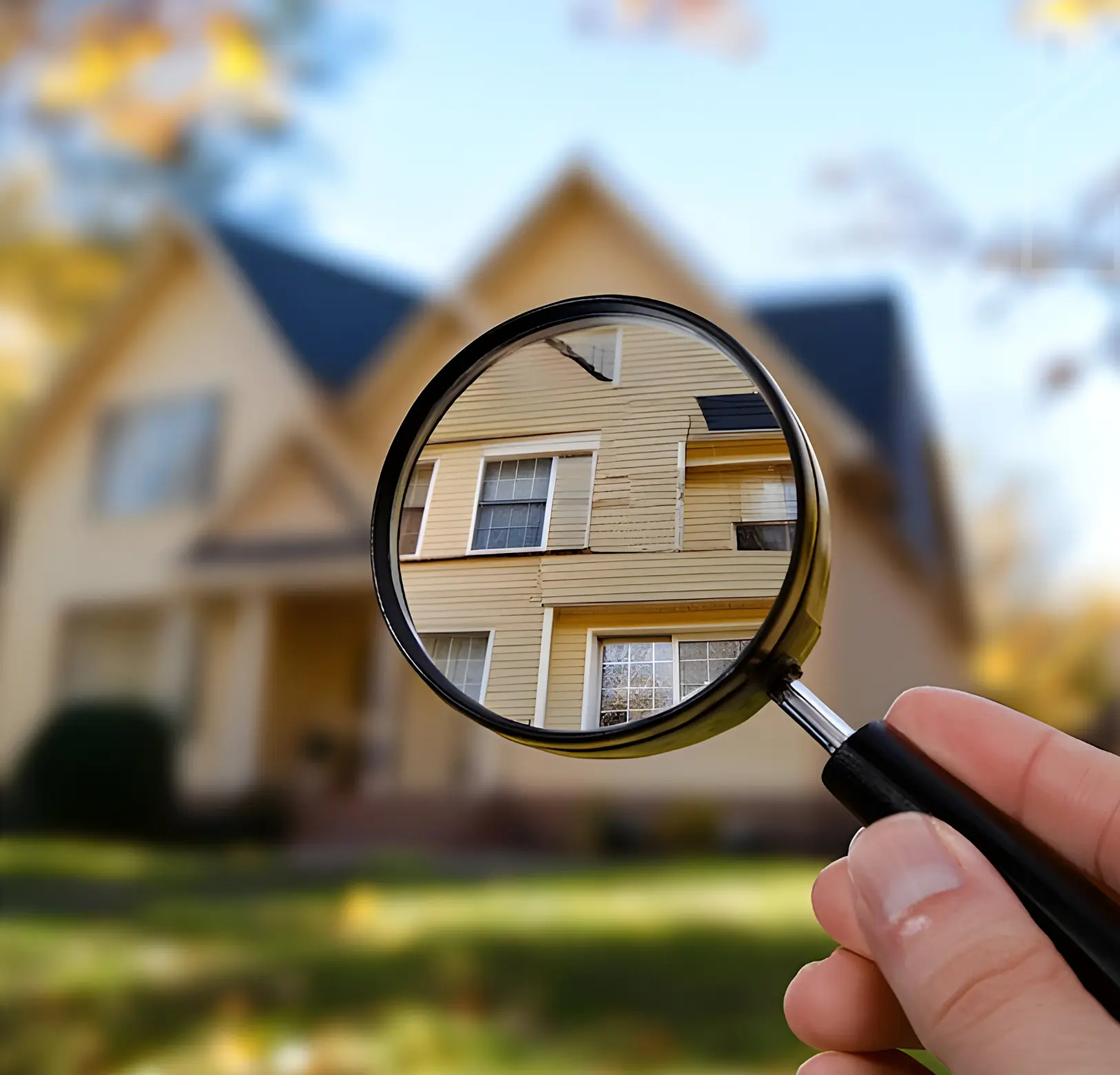
Key Property Home Inspection
About Us
We, at Key Property Inspection Group, promise to deliver the best professional services and take great pride in prioritizing our customers’ satisfaction. Potential homebuyers consult our property inspectors who help buyers in valuing real estate, hence making the home buying process less challenging and smooth. Key Property Inspection group assesses the property’s condition, including all the necessary repairs needed in the house, and provides a detailed written report to the client while keeping a keen eye on the camouflaged issues. For more details visit our page.
Our Mission
Our Vision
Reliable choice
A Reliable Choice for Tailored Inspection Solutions
With our extensive experience, advanced technology, and commitment to quality, you can trust us to deliver thorough and accurate assessments that are perfectly aligned with your requirements.
Inspected over 6850 Properties
We bring unparalleled knowledge and insight to every inspection.
Navigate the path to a thorough property inspection with our expert assistance
Address Business
7374 Lenox Ave, Riverside, CA 92504
Orange County, Los Angeles County
Your benefit when contacting us:

Testimonials
What Our Customers Are Saying
Trustindex verifies that the original source of the review is Google. Thanks very much to Omar and Andrew at Key Property Inspections. We had multiple building inspections completed and we were very happy with the service. We really appreciated the time taken to chat through and highlight key areas of each inspection too - a bit of education helped a lot. Highly recommend.Trustindex verifies that the original source of the review is Google. I initially contacted Omar after one of my clients had a positive experience with him during their property purchase. I was genuinely impressed by the thoroughness of his building inspections. Thanks to Omar and Andrew, they not only helped me avoid a problematic property with hidden water damage but also ensured I felt confident that my investment property wouldn't come with a hidden list of repairs when i found the right one. I highly recommend their team and will certainly be referring more clients in the future.Trustindex verifies that the original source of the review is Google. I found their inspection reports to be very thorough and reliable. They answered any and all questions I had and did the job very quickly. Would highly recommend.Trustindex verifies that the original source of the review is Google. We had our building inspection with Andrew. He is AMAZING! He takes his time to inspect the building and answer all of our questions. His report is really detail as well. Pretty happy with them.Trustindex verifies that the original source of the review is Google. Recently had the pleasure of Andrew completing a building and pest inspection for what is now our first home. Andrew was highly responsive which is desirable when organising an inspection within the cooling off period. Andrew kept my partner updated throughout the inspection followed by him providing a comprehensive report that was clear and easy to understand. Will continue to use Key Property Inspections in all future scenarios.Trustindex verifies that the original source of the review is Google. For the building inspection of our first home, Andrew was an absolute delight to work with. His responsiveness, transparency, and kind nature made all the difference when navigating the anxiety of a cooling off period for the first time. Our report was comprehensive and easy to read, and any questions we had were answered right away. I don't often write reviews, but these guys earned it. Highly reccomend.Trustindex verifies that the original source of the review is Google. Great service, fast turn around (to meet cooling off deadline), and very professional. I will recommend to anyone looking for a quality pre purchase property inspection. Thanks Omar and team.Trustindex verifies that the original source of the review is Google. Key Property Inspections the best building inspectors I've used. I recently purchased a proerty and had Andrew complete an insepection. Thorough with their work, detailed reports and most importantly after the inspection is done you feel very confident with purchasing your property. Special shouout to Omar and Andrew for their amazing work. Couldn't have asked for anything better from you guys. If anyone needs a building inspection completed on their next purchase stop now and give Key Property Inspections a call.Trustindex verifies that the original source of the review is Google. We enlisted Omar to do our building and pest inspection and he was so helpful and thorough ! We really appreciated the open and responsive communication and the thorough report. We would definitely recommend him to others !Trustindex verifies that the original source of the review is Google. HIGHLY RECOMMENDED! Omar did a swift, thorough inspection in a very tight time frame. Clear, concise, communicative. Top notch
Step 4
Deliver a Report
The finalized report is sent to the client within 24-48 hours, followed by a consultation to discuss the findings and next steps.
Featured News and Insights
Read and update the latest news from us.
Schedule Your Inspection Today
Our dedicated customer service team is always ready to assist you with any questions or concerns you may have.

